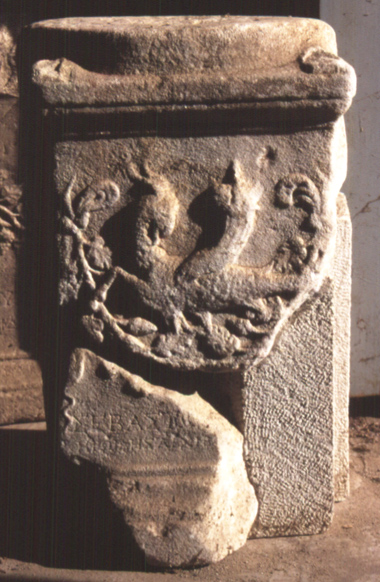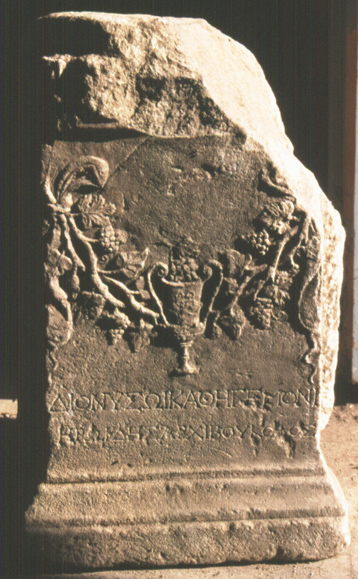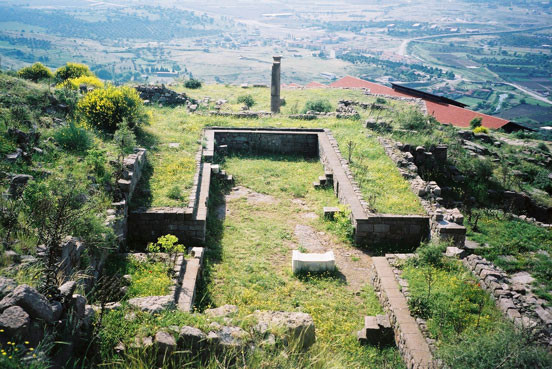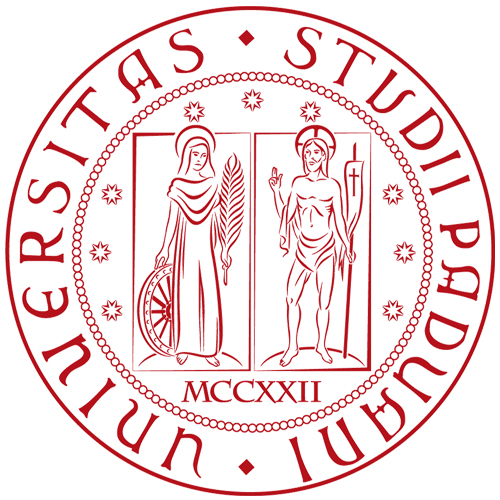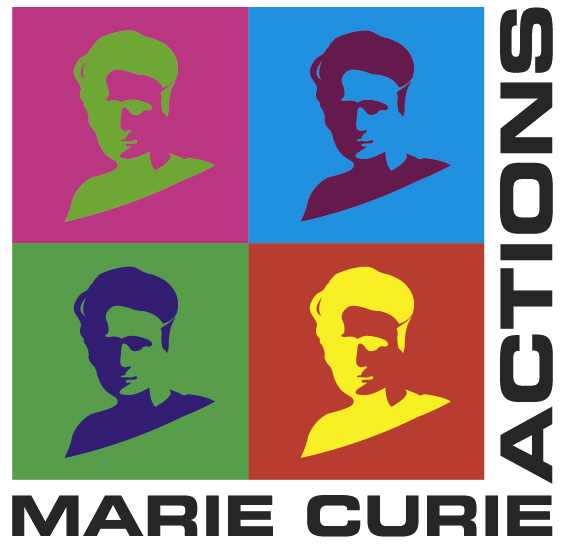This altar, decorated with an oak wreath, a Capricorn and a cornucopia, was dedicated to Augustus by the leader of the Boukoloi (‘Cowherds), a private cultic association venerating Dionysos Kathegemon in Pergamon. The dedication was probably accomplished soon after the Roman Senate granted Octavian the title Augustus (Greek Sebastos) and the ‘corona civica’ and testifies to the contemporaneous enthusiasm for the pacification of Asia Minor under the early Principate. The altar, which was provided with a hollow top able to receive libations and perfume offerings, was part of the cultic tools of the association, which met in a luxury mansion erected on the south-western slope of the Pergamon hill, the so-called House with the ‘Podiensaal’. This dedication probably constitutes the manifesto of the strategy of the Boukoloi to venerate Dionysos Kathegemon, a deity traditionally related to the Attalid dynasty, together with the figure who personified the renewed monarchic power in Pergamon: the Roman Princeps. This strategy of self-promotion would pay back, since during the 1st and 2nd centuries AD, the Boukoloi would reach the top of the social hierarchy of Imperial Pergamon.
Permanent ID
http://s.phrc.it/phrc025Images:
Photo 1: Photo of the altar of Augustus, from
AGRM Photo 2: Photo of the altar of Dionysos, from
AGRM Photo 3: The 'Podiensaal', meeting place of the Boukoloi, in the imperial period, from
AGRM 